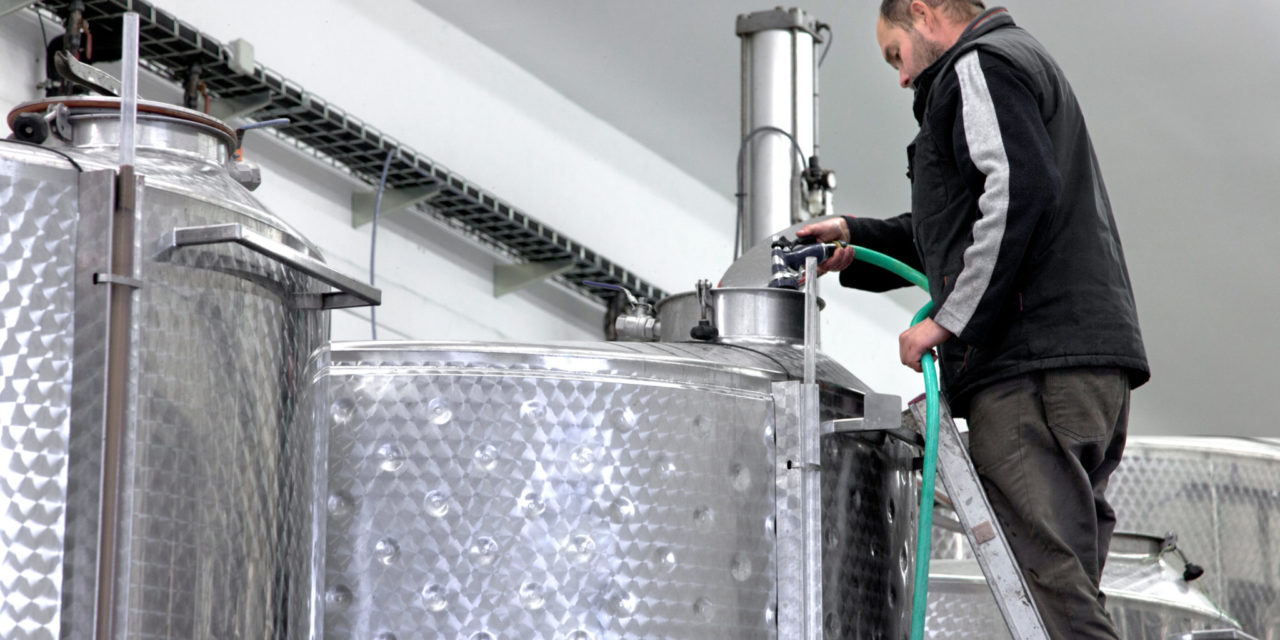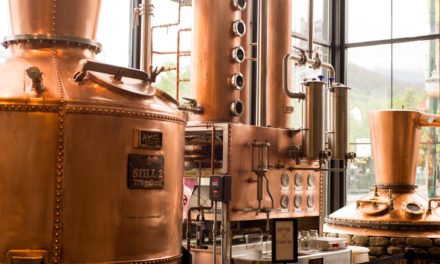What separates a good winemaker from a lucky-for-just-so-long winemaker? A keen sense of smell, for one. And yet, many winery professionals can’t detect faults such as volatile acidity (VA), excess sulfur, or Brettanomyces if their lives (or livelihoods) depended on it—which, in this case, it most certainly does.
It’s a familiar story: A new winemaker comes on the scene with decent wine, gets a few good scores, grows the wine club beyond expectation, expands production, and then spends less and less time in the cellar, preferring to hobnob with a growing number of groupies. Perhaps he/she takes vacations when vineyards most need attention, or even picks early to jet off to Europe.
I’ll bet you can figure out what happens next. The wines take a dive. Club members quit in droves.
Another winemaker just learned their wines didn’t make it into the prized regional competition, even though they have no trouble selling wine in their tasting rooms. Wines that once took awards at competitions are now soundly rejected. In response, the winemaker wonders what the hell is wrong with the rest of the world. She/he doesn’t recognize that the elephant in the room inhabits the mirror.
What went wrong? In a word: sanitation.
As you read this, a winery somewhere is going through the painful process of dumping hundreds of cases of bad wine and finally getting rid of barrels that should have been turned into furniture years ago. Do you know what an unclean barrel smells like?
Good winemakers steadfastly perform three procedures critical to wine health and quality: constant monitoring and management of barrels during elevage; lab testing of all lots before bottling; and religiously steam-cleaning barrels after emptying. Winemaking is all about sanitation. Disrespecting any part of the process can bite a winery so hard, it can take years to recover.
“I believe winemaking is all about being proactive, like steaming all barrels after emptying,” a seasoned winemaker shared with me recently. “It may look and smell clean, but even a sophisticated nose won’t always catch an emerging microbial issue. So you steam.”
Sanitation is the most important part of the winemaking process. Many humble and, generally, successful winemakers have described themselves to me as glorified janitors. A little technology, accompanied by a good olfactory lobe, can mean the difference between a winning wine and a flawed one. Chemistry and technology can be a winemaker’s best friend, but only if they’re actually used.
“If you don’t have an ozone machine or a steam generator, then for certain many of your barrels will have Brett and VA,” says my winemaker friend. “If you don’t keep your barrel room at 49°F or below, then you’re allowing the natural Brett, which exists everywhere, to flourish.”
The simple solution? Have your wines tested by a reputable lab, find out what’s going on, and follow their advice to remedy the situation.
Don’t let Brett get out of hand, cautions my friend. “A good winemaker will have had an outbreak of Brett in their experience, and the pain and amount of time it takes to weed it out is a lesson they learn the hard way and a mistake they never make again.”
Unclean winemaking in this day and age should be banished, like discrimination and poverty. Get a steam or ozone cleaner for your barrels. And if your nose doesn’t know, perhaps it’s time for a winemaking consultant.










